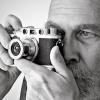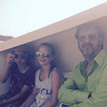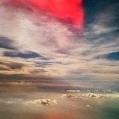Learning to love 1250
-
Recently Browsing 0 members
- No registered users viewing this page.
-
Similar Content
-
Pre loved 1 2
By AndrewPiper,
- 24 replies
- 839 views
-
- 4 replies
- 252 views
-
- 1,452 replies
- 314,588 views
-
- 5,092 replies
- 1,213,760 views
-
- 890 replies
- 207,874 views
-





Recommended Posts
Join the conversation
You can post now and register later. If you have an account, sign in now to post with your account.
Note: Your post will require moderator approval before it will be visible.